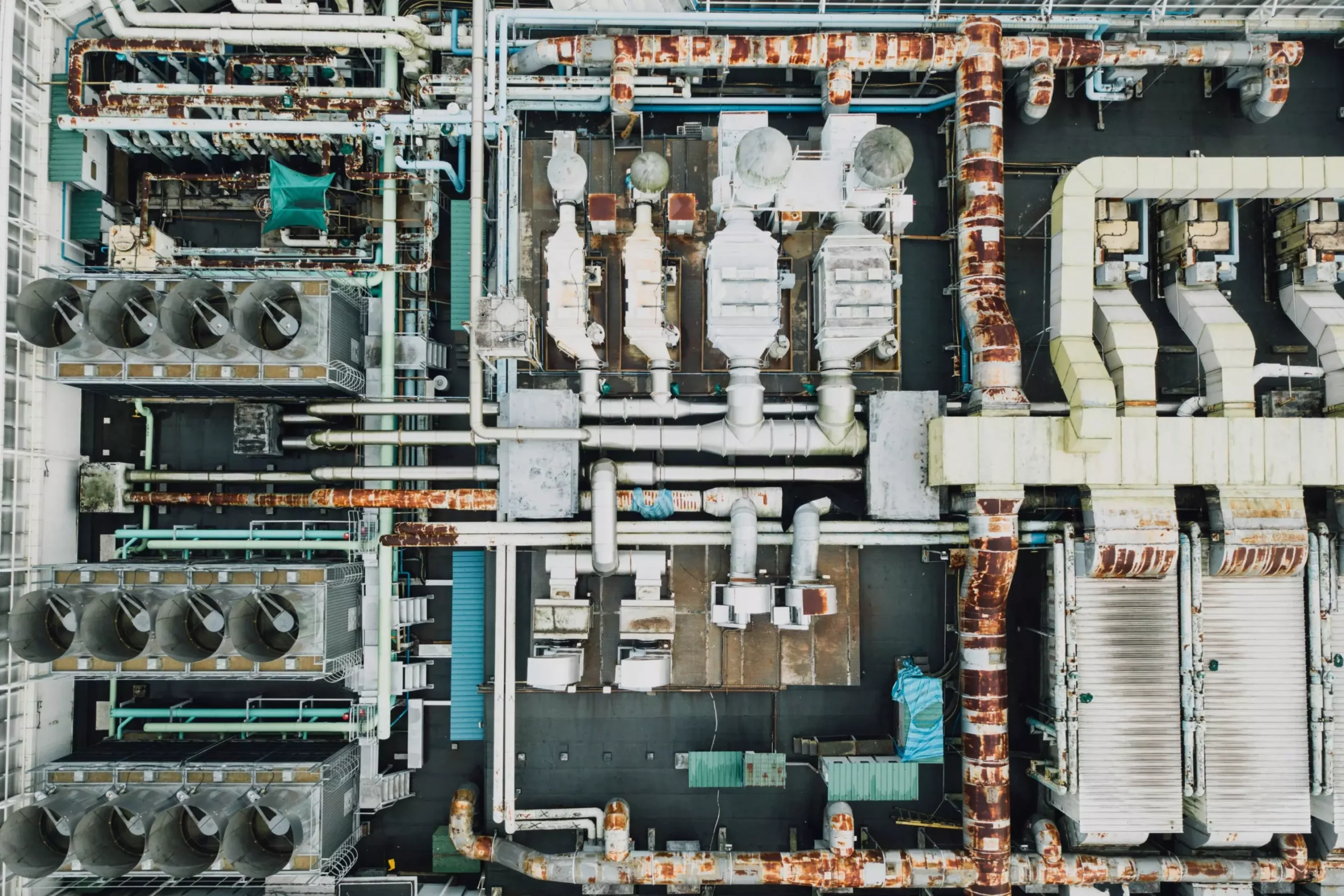At the forefront of robotic technology, the Interactive and Robotic Systems Lab (IRS) at Universitat Jaume I in Castellón has made significant strides in developing a state-of-the-art mobile manipulator robot. This lightweight, modular, and reconfigurable system is designed to safely operate in hazardous environments where human health might be at risk. The initiative aims to address critical inspection tasks, particularly in the evaluation of plastic pipes. By leveraging advanced technologies such as artificial vision, this robot offers a transformative approach to environments that demand high safety standards.
The manipulator robot boasts an impressive array of features aimed at enhancing its functionality and operational efficiency. It is equipped with a remote control station that utilizes 3D perception, allowing operators to engage with their surroundings in an intuitive manner. Additionally, the development of modular and multi-device 3D simulation software creates a comprehensive digital twin for operator training. This not only simulates real-world scenarios but also prepares operators for potential challenges they might face in the field.
The robot has been rigorously tested at UJI’s Centre for Research in Robotics and Underwater Technologies (CIRTESU), proving its effectiveness in inspecting plastic pipes and similar materials, particularly in sensitive areas like particle accelerators and nuclear power plants. Its design facilitates adaptability, permitting adjustments for diverse applications, including educational settings or even healthcare environments that present unique hazards.
The technological backbone of the robotic system includes robust software enhancements that integrate the Robot Operating System (ROS). This architecture allows for the system to be easily expanded and tailored to specific mission demands. Moreover, diverse communication technologies and localization techniques are employed to ensure reliability and precision during tasks.
From a hardware perspective, the robot distinguishes itself through attributes like low weight, efficient power consumption, and high mobility. Its modular nature ensures that it can be customized for various inspection needs while maintaining low production costs—a crucial factor for widespread adoption in diverse sectors.
This innovative robotic manipulator is the product of collaborative efforts within the European project “EU H2020 El-Peacetolero.” The project brings together multiple European universities and research centers, highlighting the importance of interdisciplinary cooperation in advancing technology. The ultimate goal is to refine the robot for specialized applications through partnerships and licensing agreements with industry players, ensuring that the benefits of this technology reach those who can maximize its impact.
Commitment to Knowledge Transfer and Innovation
Universitat Jaume I is committed to not only advancing research but also effectively transferring this knowledge to the broader community. Through the Cooperation and Technological Development Office and the Vice-Rector’s Office for Scientific Transfer, the university seeks to bridge the gap between academic research and real-world applications. By fostering relationships with industry and emphasizing the importance of scientific dissemination, UJI revitalizes its commitment to driving social and technological progress through innovation.
The Interactive and Robotic Systems Lab is paving the way for safer, more efficient inspection technologies that could revolutionize how hazardous environments are monitored. As these advancements continue, it’s likely that their impact will resonate across various industries, enhancing safety protocols and operational efficiency in challenging settings.

